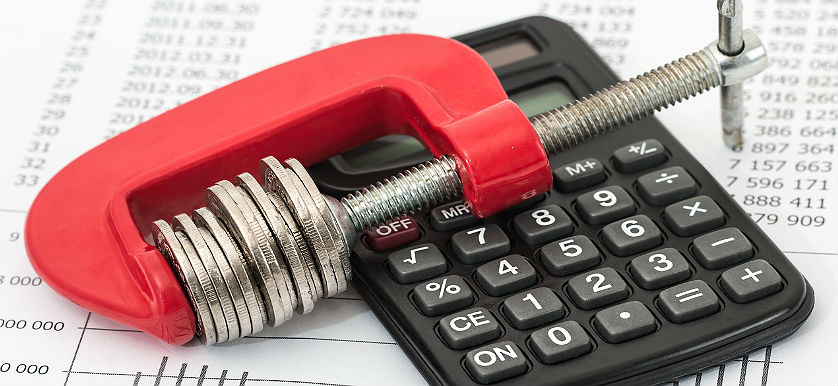KPI of the Day – Accounting Performance: % Obsolescence costs from total inventory

Definition
Measures inventory obsolescence costs (cost of inventory when no longer deployable to the customer) as a percentage of total inventory. It indicates the effectiveness of the inventory management process.
Purpose
To reflect the excess of inventory, which starts to generate costs, and its value that was lost.
Recommendations
In terms of inventory management, companies are continuously confronted with the duality of both filling spare merchandise ratios and maximizing turnover. Low inventory may result in loss of sales and customer dissatisfaction due to product unavailability or business interruptions.
High levels of the same inventory might increase the cost of doing business, if not adequately supported by a proportionate customer demand. Therefore, finding the optimum level of stock is always challenging. Obsolete inventory, commonly known as dead inventory, is defined as the spare merchandise that has not sold for more than 12 months.
Obsolete inventory generates both direct and indirect costs such as: space for storage, insurance, taxes and scrap related direct losses. Some solutions to consider when trying to avoid an increase of % Obsolesces cost from total inventory may regard the following:
- Use of statistical analysis to determine the right strategy for inventory management;
- Link inventory measurement to KPIs that reflect on sales statistics, demand volume, merchandise seasonality and popularity;
- Constant monitoring and control of the inventory’s health;
- Differentiate between inventory replenishment and inventory on customer demand;
- Periodical review of pending customer orders.
The opportunity cost of obsolete inventory can weigh heavily on company revenues. An inventory management system that monitors and controls inventory levels can lead to higher turnover and lower % Obsolesces cost from total inventory.
Every company strives for a value of obsolete inventory as close as possible to zero. A high level of this KPI represents a significant decrease in inventory value as they go obsolete. Also, it indicates poor management of revenue cycle and cash flow, as the obsolete stock captures cash and capital.
Failure to focus on obsolete inventory can generate high costs such as financial immobilization, valorization and margin loss, marking down, storage and surface utilization, and in worst case destruction or recycling.
If you are interested in learning more about accounting KPIs, the smartKPIs.com subscription provides access to +500 KPI examples. Our dedicated Library contains relevant resources to improve your KPI practices. For further related information, feel free to explore our latest Top 25 Accounting KPIs – 2016 Extended Edition report or our Accounting KPI Dictionary.
Image source:

Tags: Accounting KPIs, KPI





